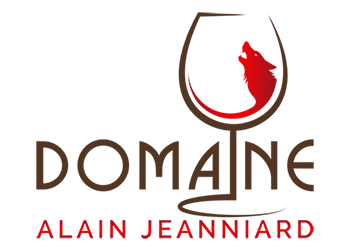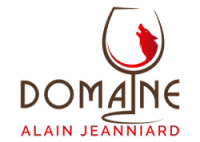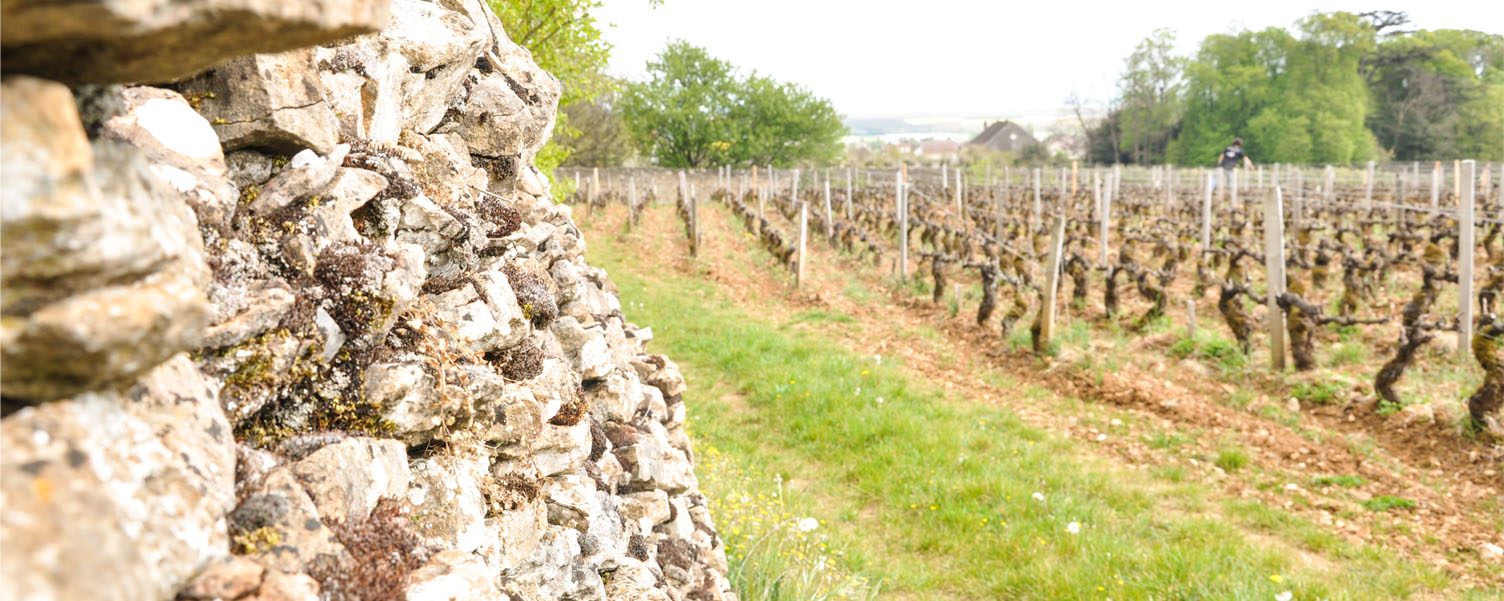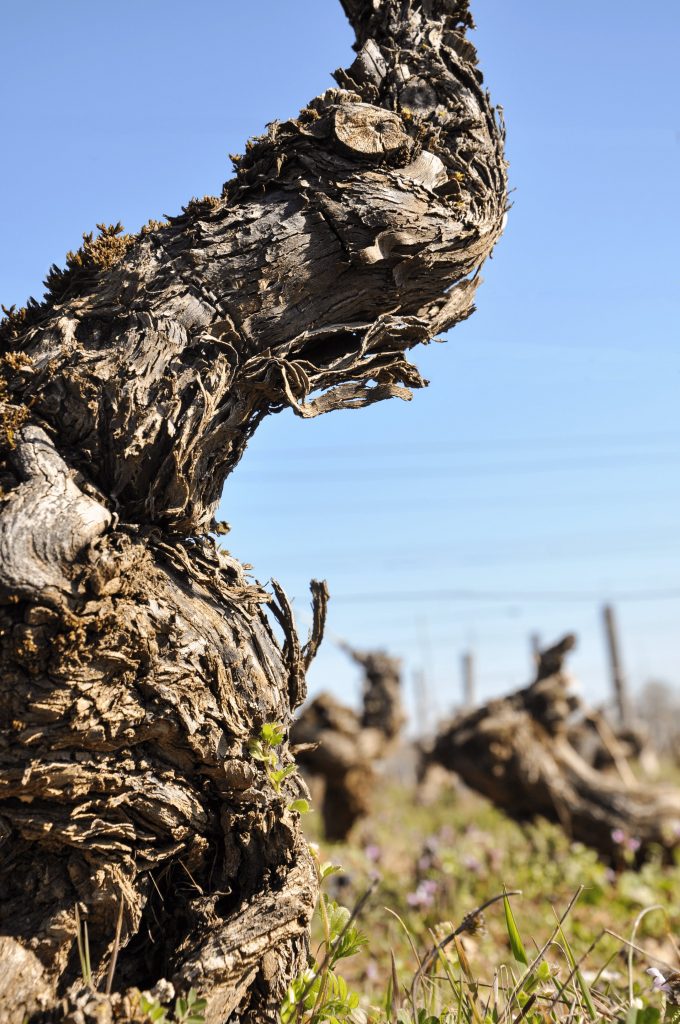Alain Jeanniard domain is a small domain of 17 acres located in the village of Morey-St-Denis. The domain holds several appellations specific to the following wines: Morey-St-Denis Les Chenevery, Pommard les Saussilles et Nuits St-Georges Les Poisets.
With the award of the High Environmental Value (HVE) label, the estate’s constant work to reduce its ecological impact and offer healthy wines has finally been recognized. After 20 years of calculated control, without any weed killers or insecticides and moderate treatments against diseases, the domain continues in this direction. With wines of ever better quality and a preserved environment.
In 2003, Alain Jeanniard created a trading company called: “Grands Vins de Bourgogne Alain Jeanniard”. He buys the grapes from the best plots in order to offer a wider range of wines, vinified by him.




